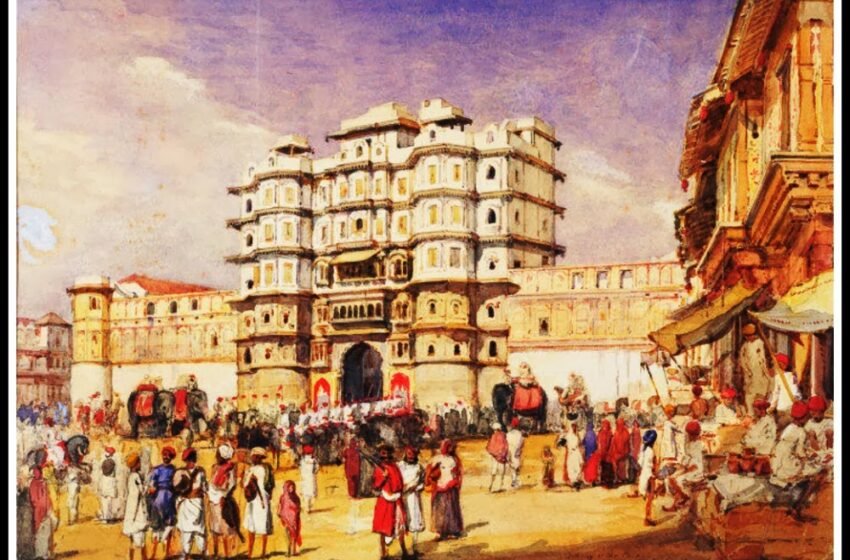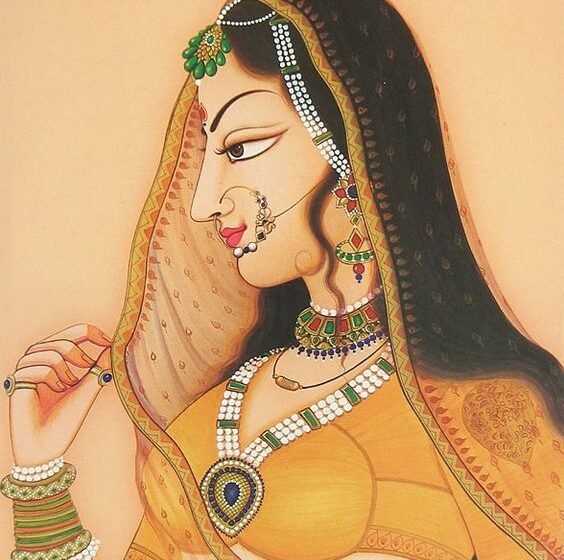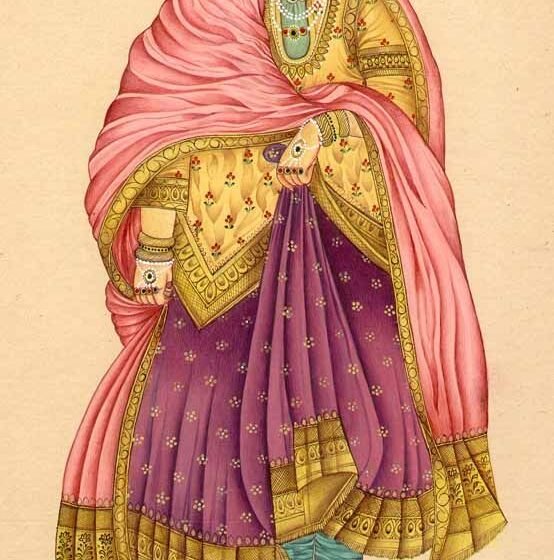Bollywood has extended a deep influence on prevalent Indian fashion. When an Actor or Actress wore any Outfit festooned in a hit movie directly becomes a prime Clothing trend for tailors to reproduce. When We talk about Bollywood Trends all we know is the Beginning of Bollywood, the Golden Ages, and The Classic Era. Read More
purdah Tradition is considered in Persia that allows women to cover their faces and bodies. During the Middle Ages in the 7th century AD, this pattern was adopted by Muslim sects who occupied India. After the Mughal rule, it is believed that the practice spread to Hinduism. Read More
In terms of Customs and culture Gaekwads were known to be very traditional. They have a love for everything iconic and outstanding, right from the embellished rides like elephants and horses to the finely decorated carriages. Read More
The Holkar’s were great enthusiasts of art and even great collectors. They were famed for their collection of cars and jewelry. In the late 1900s after the fall of the great Mughal Empire, the Holkar’s of Indore gained great control. Read More
During the royal period, the traditional outfit was well-thought-out as the durbar dress, which was expected to be worn by every person who went to Durbar, and whomsoever had scheduled with the king. The outfit also signified Status, prestige, and hierarchy to the different sections or classes of society. Read More
Rajput carry their chivalric grandeur and ethnicity in their dressing style and tradition while booming a distinct style in their traditional costume. The citizens from this community prefer to embellish themselves with various jewelry and ornaments.Read More
The ladies and gentlemen of Mughal empire wore expensive and attractive clothes made from the finest textile and emphasize themselves with ornaments from head to toe.Read More
The Gupta’s adopted the form of dress that became traditionally identified with royalty. Some clothes to be worn on informal occasions are Antariya, Uttariya & Kayabandh.Read More
During the Mauryan period, both women and men wore Unstitched garments called Muraja, Antariya, Uttariya. The main garment was made from white cotton, linen, or muslin was Antariya. Sometimes gold or other precious stone was used for embroidery. Read More
In the Vedic period, the garments worn was mainly included a single cloth wrapped around the whole body and draped over the shoulder. ‘Paridhana’ is a garment people used to wear in the lower part which was pleated in the front and tied with the belt called ’Mekhala’ and the upper garment is called ‘Uttariya’.Read More









